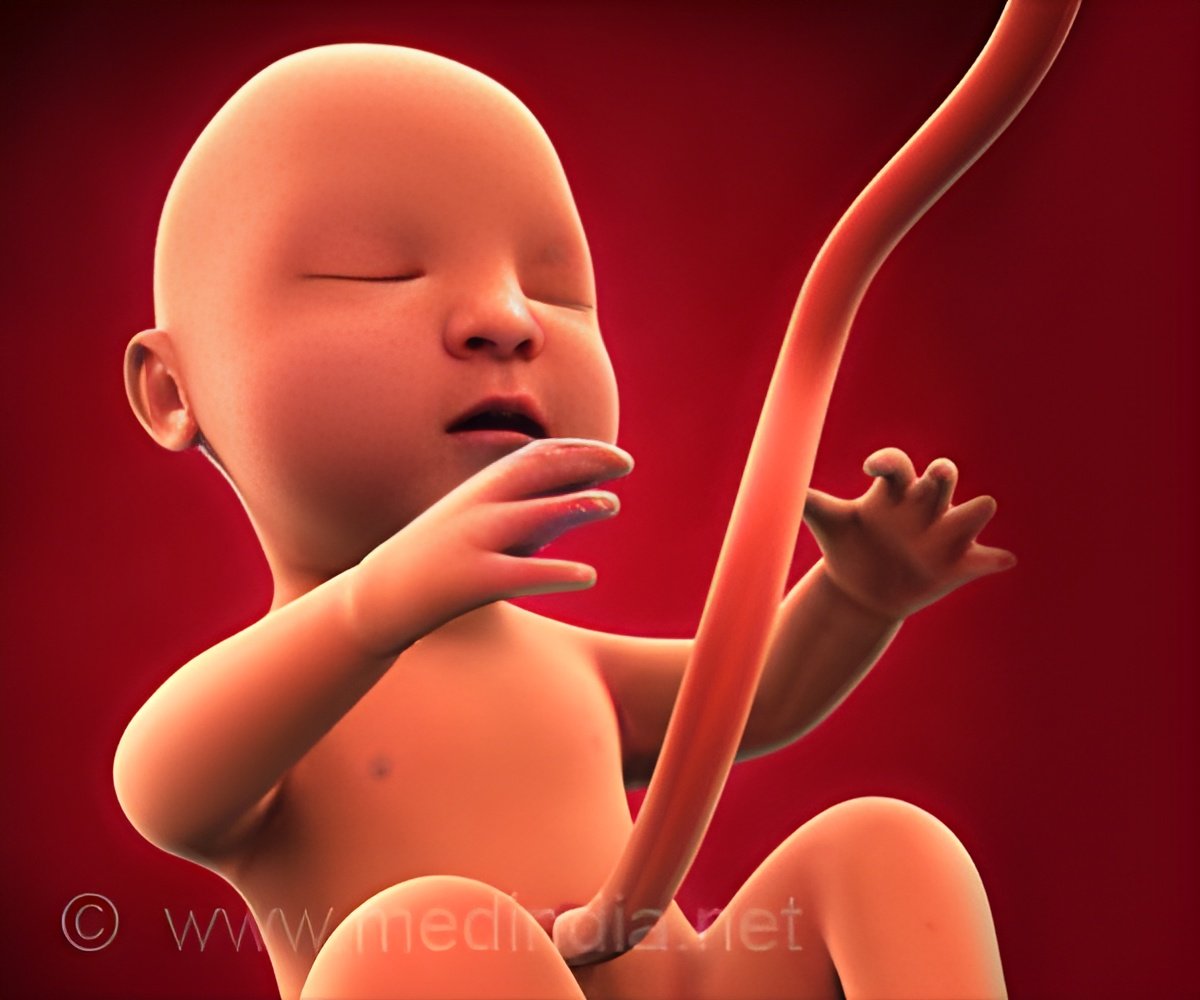
‘According to this study, early lethality (embryonic days 9.5–14.5) is almost always associated with severe placental malformations. Placental defects also correlate strongly with abnormal brain, heart and vascular development.’
Tweet it Now
Each of the 103 gene mutations causes the loss of a particular factor. Many of these had not been previously linked to placenta development, and hence the study highlights the unexpected number of genes that affect development of the placenta. By studying a select group of three genes in further detail, the team went on to show that the death of the embryo could be directly linked to defects in the placenta in one out of these three cases. This may mean that a significant number of genetic defects that lead to prenatal death may be due to abnormalities of the placenta, not just the embryo. Although this research uses mice, the findings are likely to be highly relevant to complications during human pregnancy and the study highlights the need for more work to be done on investigating development of the placenta during human pregnancies.
The placenta is vital for normal pregnancy progression and embryo development in most animals that give birth to live young, including humans. It provides a unique and highly specialized interface between the embryo and the mother, ensuring an adequate provision of nutrients and oxygen to the embryo. The placenta is also involved in waste disposal from the embryo and produces important hormones that help sustain pregnancy and promote fetal growth. Although previous research has highlighted the pivotal role of the placenta for a healthy pregnancy, its potential contribution to pregnancy complications and birth defects continues to be overlooked.
Scientists call mutations that cause death in the womb embryonic lethal. Mouse lethal genes are enriched for human disease genes and the affected embryos often show morphological abnormalities, i.e. changes to their shape and structure. Around one-third of all gene mutants studied in mouse are lethal or subviable (i.e. mutant offspring are less likely to survive than non-mutant pups).
The DMDD consortium investigates the detailed morphological abnormalities in the embryo caused by such gene mutations. Importantly, the DMDD program includes analysis of placentas from these mutants. Through this uniquely comprehensive assessment, the team was able to show a significant co-occurrence of placental defects alongside abnormalities in the brain, heart and vascular system.
Advertisement
The senior researcher on the study was Dr. Myriam Hemberger, Group Leader in Epigenetics at the Babraham Institute. Dr Hemberger, said: "Our data highlight the hugely under-appreciated importance of placental defects in contributing to abnormal embryo development and suggest key molecular nodes governing placentation. The importance of a healthy placenta has often been overlooked in these studies and it is important that we start doing more to understand its contribution to developmental abnormalities."
Advertisement
Source-Eurekalert











